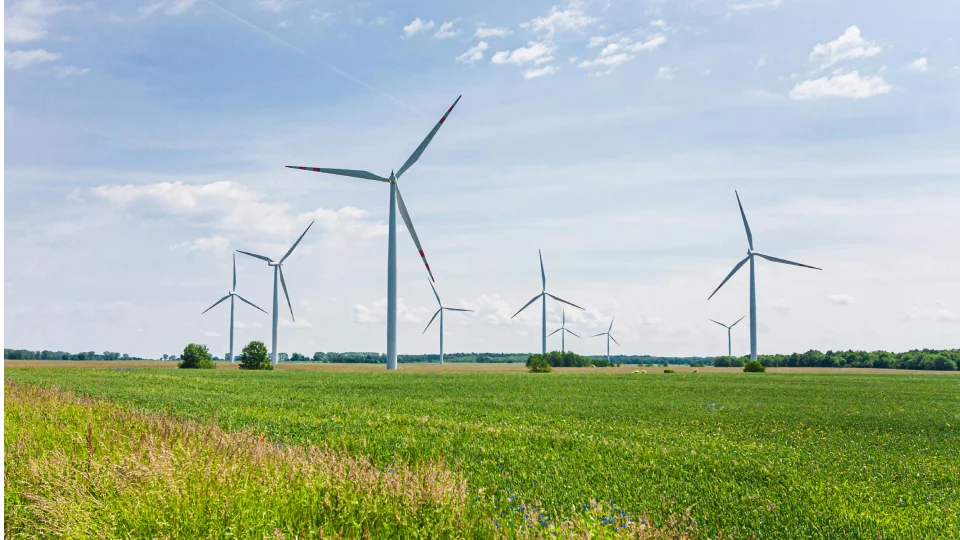The project is particularly significant in the context of making design public, a theme central to the book 'Making Design Public.' This book aims to explore the civic engagement of design students and the role of design education in opening up design discourse and processes to the larger community. By involving students in real-life community …
Recent Publication
September 15, 2025
3 months ago
This study investigated the effects of LED versus fluorescent task lighting on sleep quality and daytime functioning among office workers in a windowless environment. Using a within-subjects crossover design with 32 full-time employees, participants were exposed to both 4000 K LED and 4100 K fluorescent lighting conditions over two one-week periods. Subjective sleep quality and …
September 15, 2025
3 months ago
In this study, the author focused on energy savings within educational buildings, the potential benefits of implementing a biomimetic window system were examined. The system is designed to daylight system into areas of buildings traditionally limited of natural light. Utilizing the ASHRAE formula, the research compared energy consumption from a validated 3D model of the …
March 8, 2025
10 months ago
Purpose – The study aims to reveal how LEED credits interact to optimize sustainability outcomes. By identifying critical credits, this research provides a strategic framework for more efficient decision-making in green building certification. Design/methodology/approach – The study uses network analysis to examine relationships between LEEDNC v3 credits in multifamily residential projects. Data from 869 projects …
March 6, 2024
2 years ago
Calculating energy consumption plays an important role in the built environment and affects interior design. In the U.S., residential and commercial buildings accounted for 40% of national energy use in 2017, and educational institutions consumed substantial portions of the commercial sector's electricity and natural gas (EIA, 2020). Biomimicry, an emerging field, seeks to mimic nature's …
August 15, 2023
2 years ago
Natural ventilation (NV) systems are becoming increasingly popular as they improve indoor air quality (IAQ) and reduce building energy usage. However, predicting future NV rates is a challenging issue for NV and hybrid systems, which combine NV with mechanical ventilation. The variability of NV due to building features and indoor/outdoor environmental changes makes it difficult to define the …
March 8, 2023
3 years ago
As most of the occupants spend approximately 90% of their time indoors (Klepeis et al., 2001), especially because of the COVID-19 pandemic (Lee et al., 2020), they expect more satisfaction in the indoor environment. Due to the limited daylight available in indoor spaces, however, their satisfaction is not high enough. Especially, students are dissatisfied when …
November 1, 2022
3 years ago
This article describes the students’ outcomes of the service-learning project. Students in Interior Design program participated with the community partner to calculate and assess building energy and suggested solutions to help reduce building energy via this valuable project that students and the community were able to give and receive help from each other. By applying …
October 10, 2022
3 years ago
Most engineers predict future building energy consumption via simulation programs in the pre-design phase. In this process, many simulation steps have to be repeated to predict building energy consumption. The authors in this article proposed another way to select optimal building materials for saving commercial building energy in the U.S. using soft computing methods. To …








